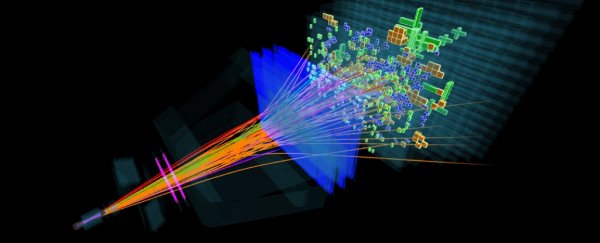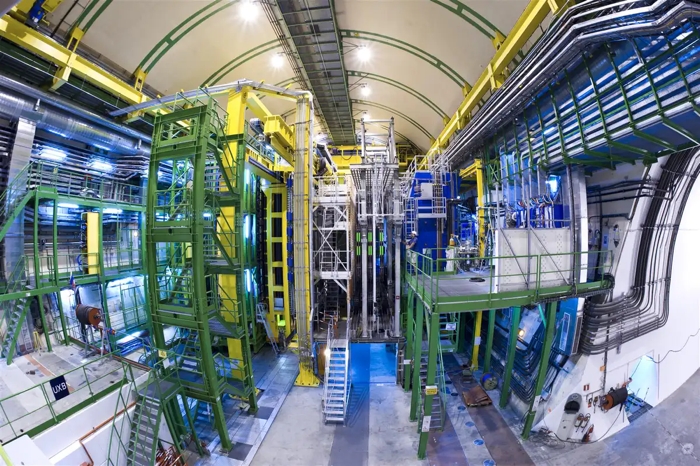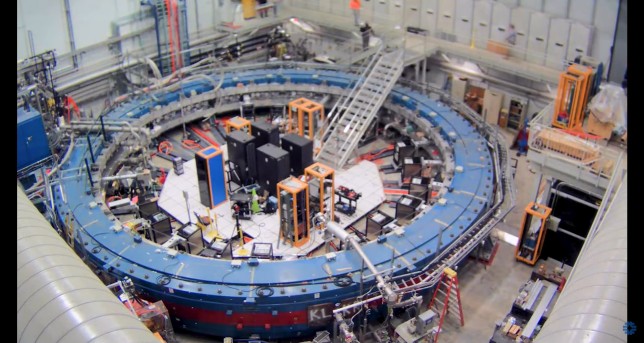The current best theory of particles and forces is called the standard model. It states everything we know about the physical objects around us, and it is accurate. However, now it is being thought it might be not complete.
Only three out of the four fundamental forces are explained by it. It brings no explanation for the dark matter that according to astronomy, dominates the Universe, and cannot rationalize how matter survived during the Big Bang.
Beauty quarks are unstable, living on average just for about 1.5 trillionths of a second before decaying into other particles. the decaying of beauty quarks can be attributed to the influence of other particles and forces. Beauty quarks disintegrate into small particles like electrons, through the influence of the weak force. One of the ways a new force of nature might make itself known is by subtly changing how often beauty quarks decay into different types of particles.

The paper published in March discussed the LHCb experiment, one of four giant particle detectors that record the outcome of the ultra-high-energy collisions produced by the LHC. (The “b” in LHCb stands for “beauty”.)
It said that beauty quarks were disintegrating into electrons and heavier cousins called muons at different paces. This was new as according to the standard model, the muon is an exact copy of the electron except for being 200 times heavier.
This means that all the forces should pull on electrons and muons with equal strength when a beauty quark decays into electrons or muons.
However, it was revealed that the muon decay was only happening about 85 percent as often as the electron decay. This suggests that there is a new force of nature that pulls on electrons and muons differently and is affecting beauty quarks’ decay.

The results are still not definite. There is one in 1,000 probability that the result was down to a random statistical wobble – or “three-sigma” as they say in particle physics parlance. To be surer, it needs to be around five sigmas.
There needs to be more data for clarity and that is possible with more experimentation done for several days. The LHCb experiment is currently being upgraded to be able to record collisions at a much higher rate in the future.
The team is working hard to bring stable and robust results. Meanwhile, other experiments at the LHC, along with the Belle 2 experiment in Japan, are getting almost the same measurements. It might result in a new force of nature being discovered and many mysterious phenomena being explained in physics.


